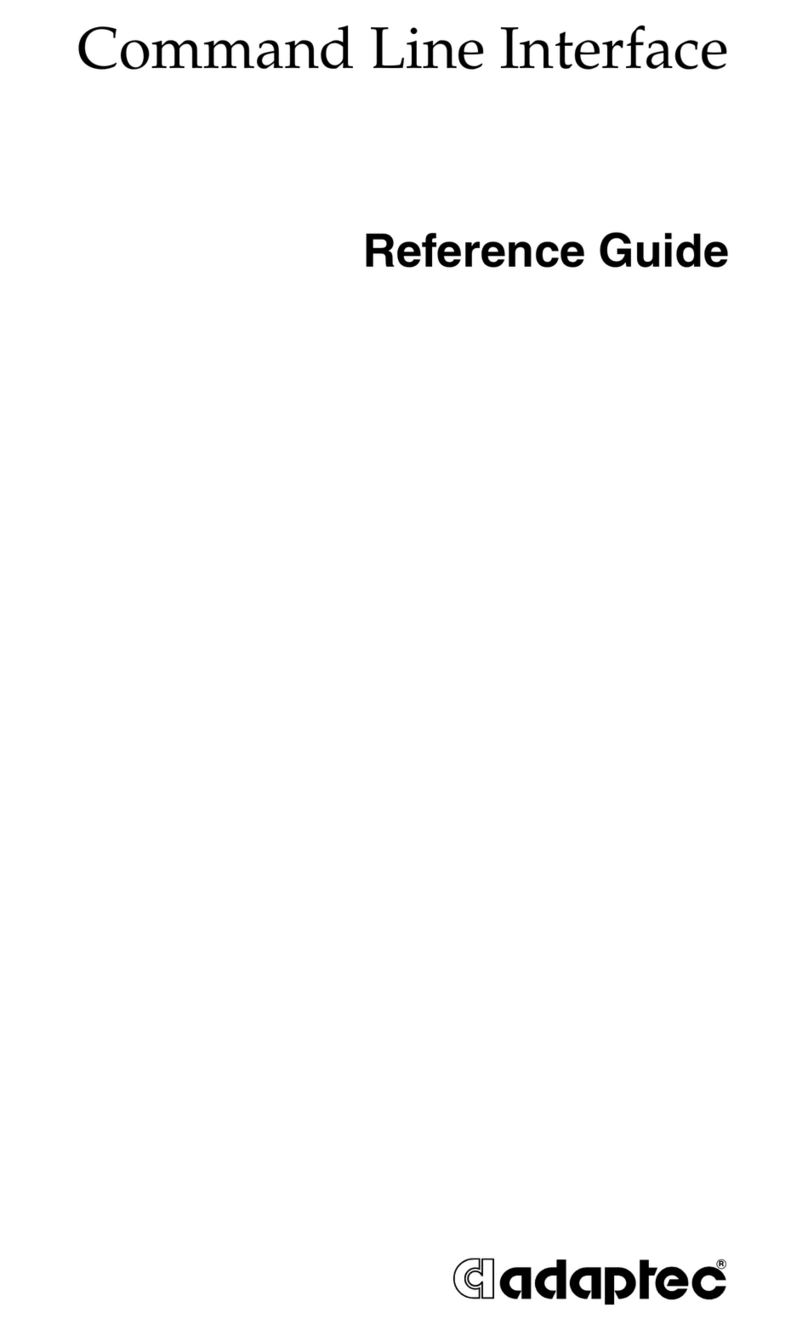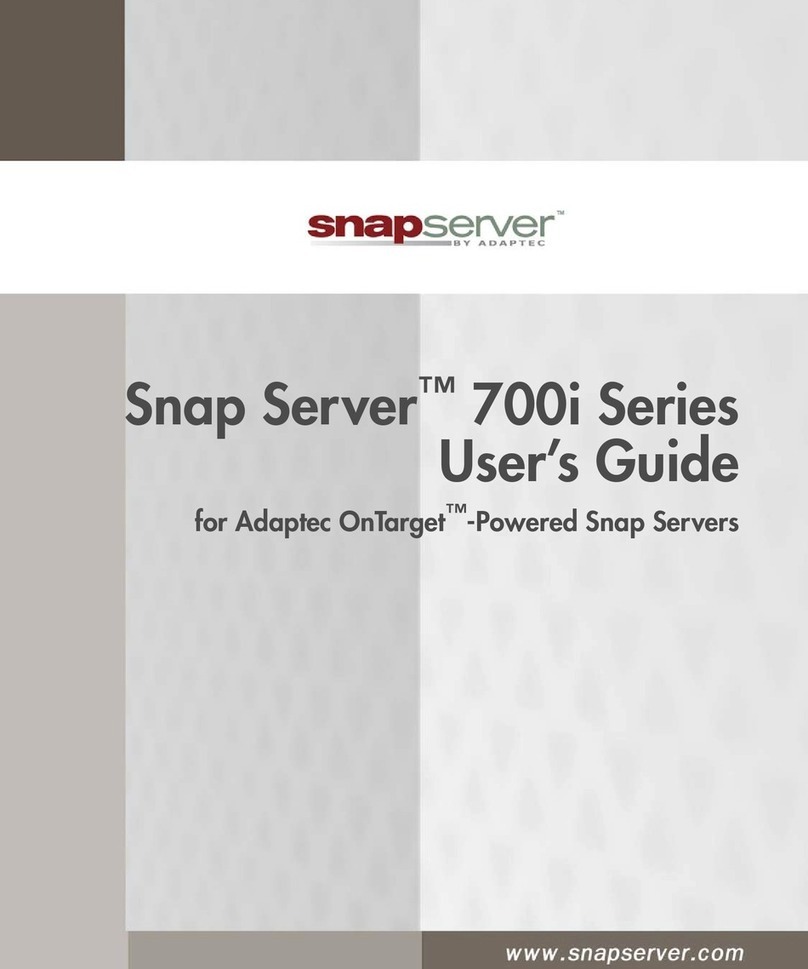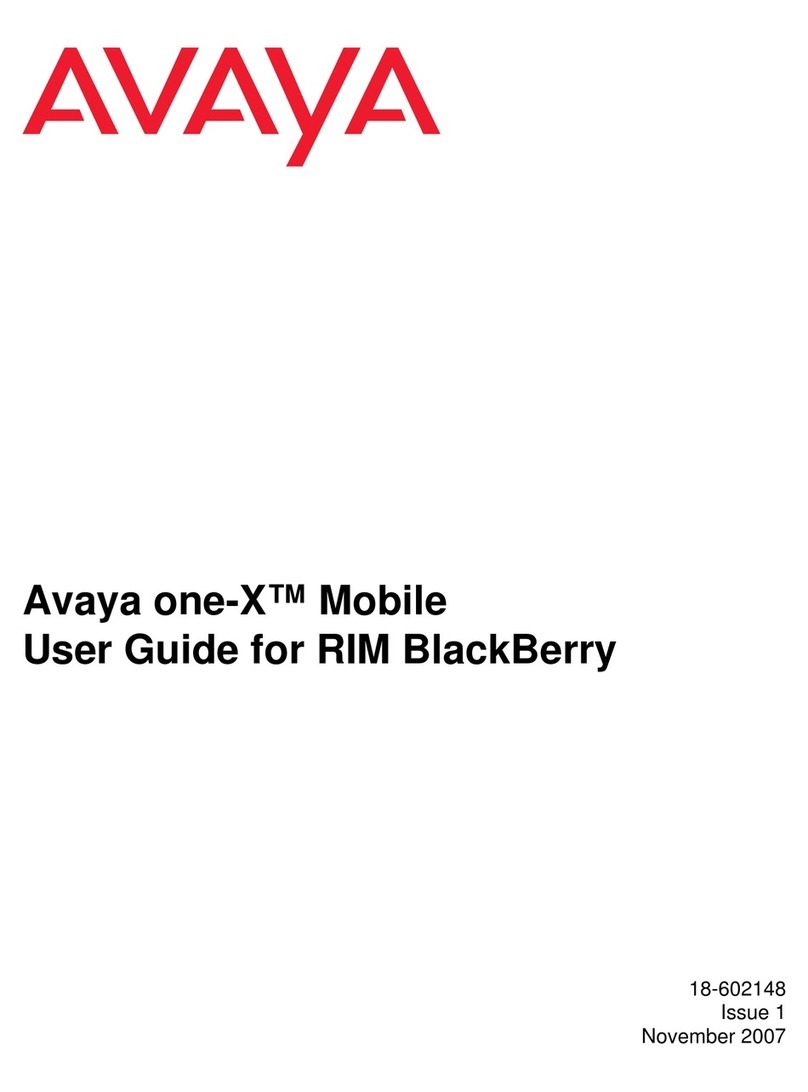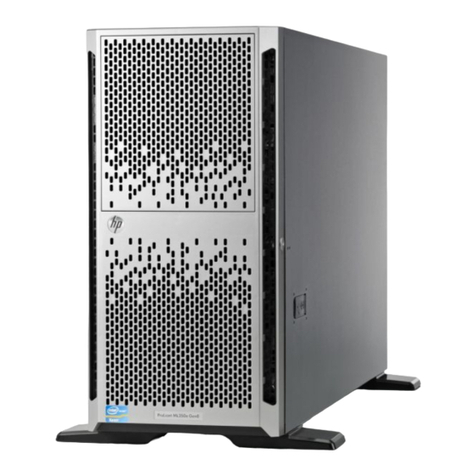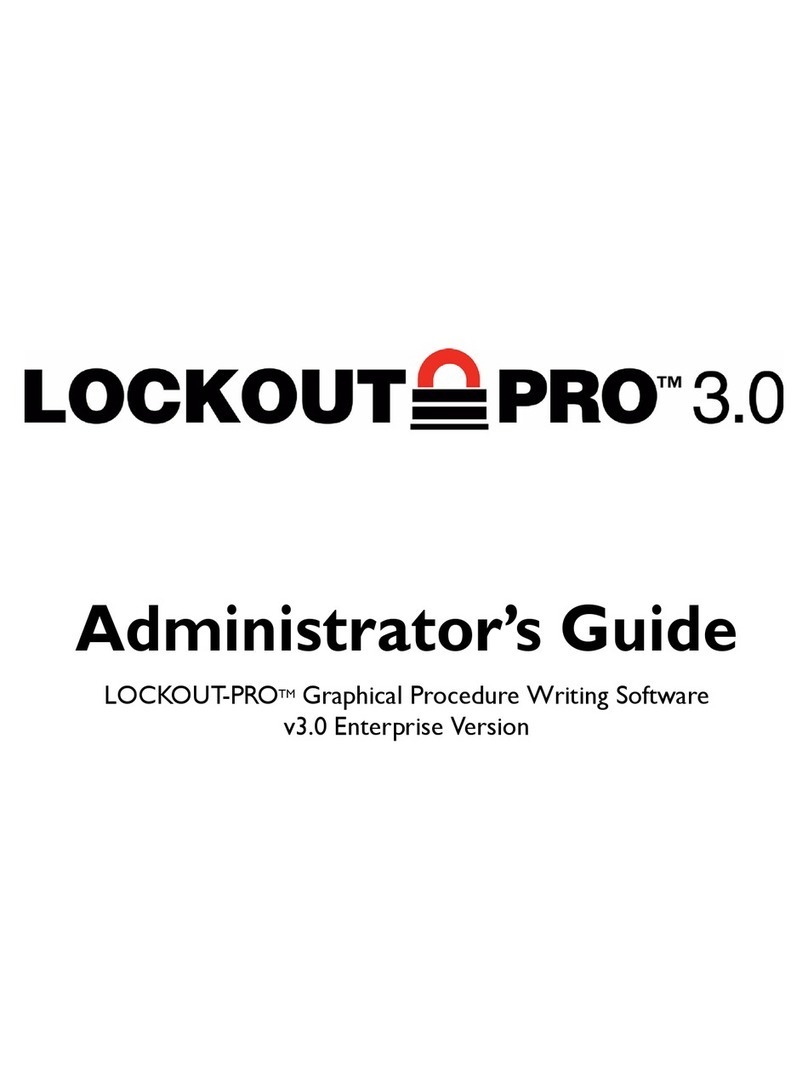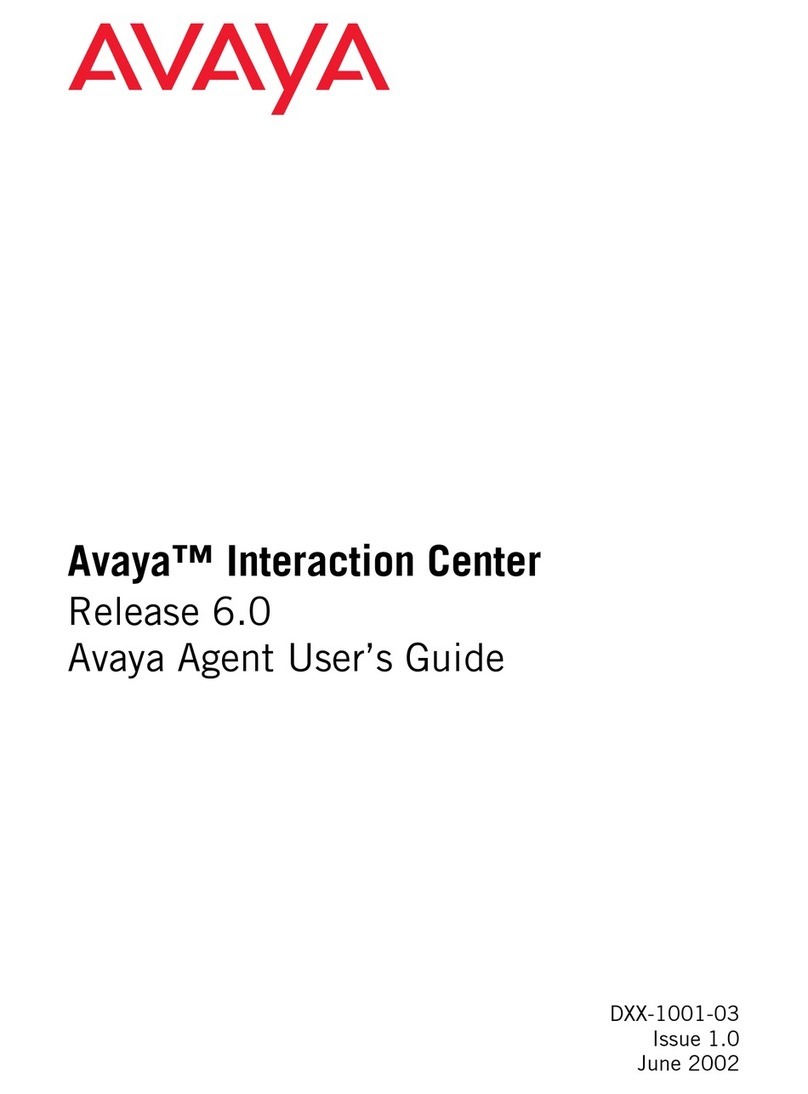Adaptec GDTSETUP User manual
Other Adaptec Software manuals

Adaptec
Adaptec ICP 5045BL User manual
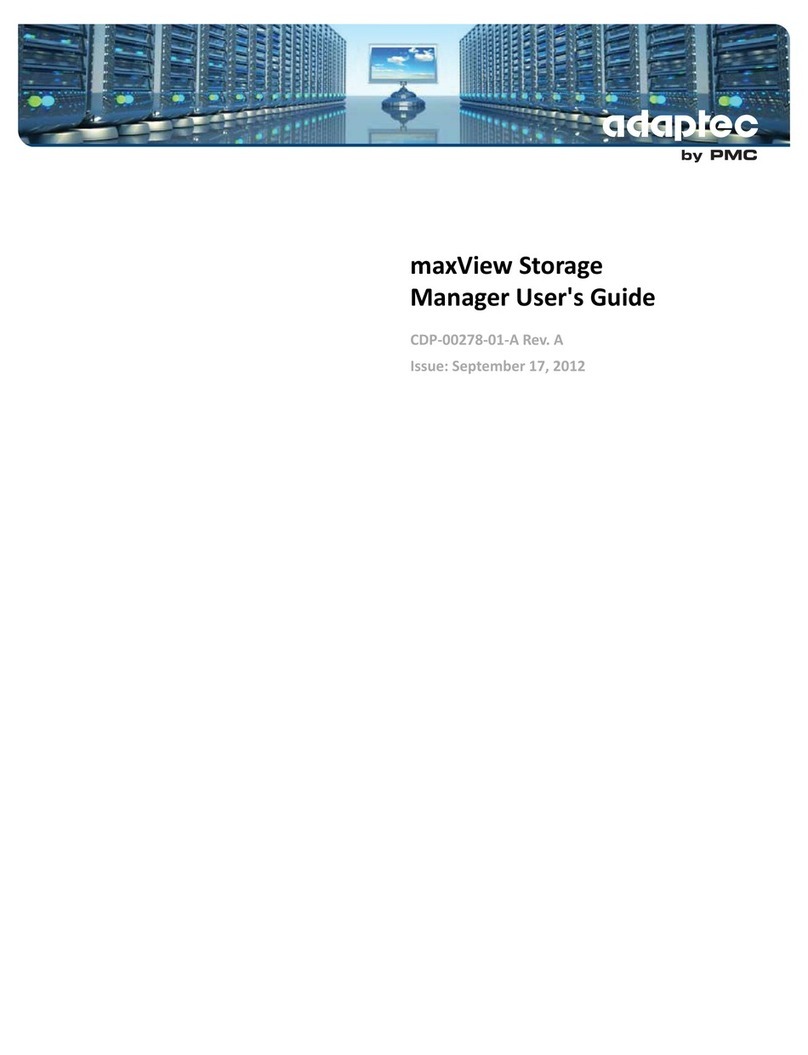
Adaptec
Adaptec CDP-00278-01-A User manual
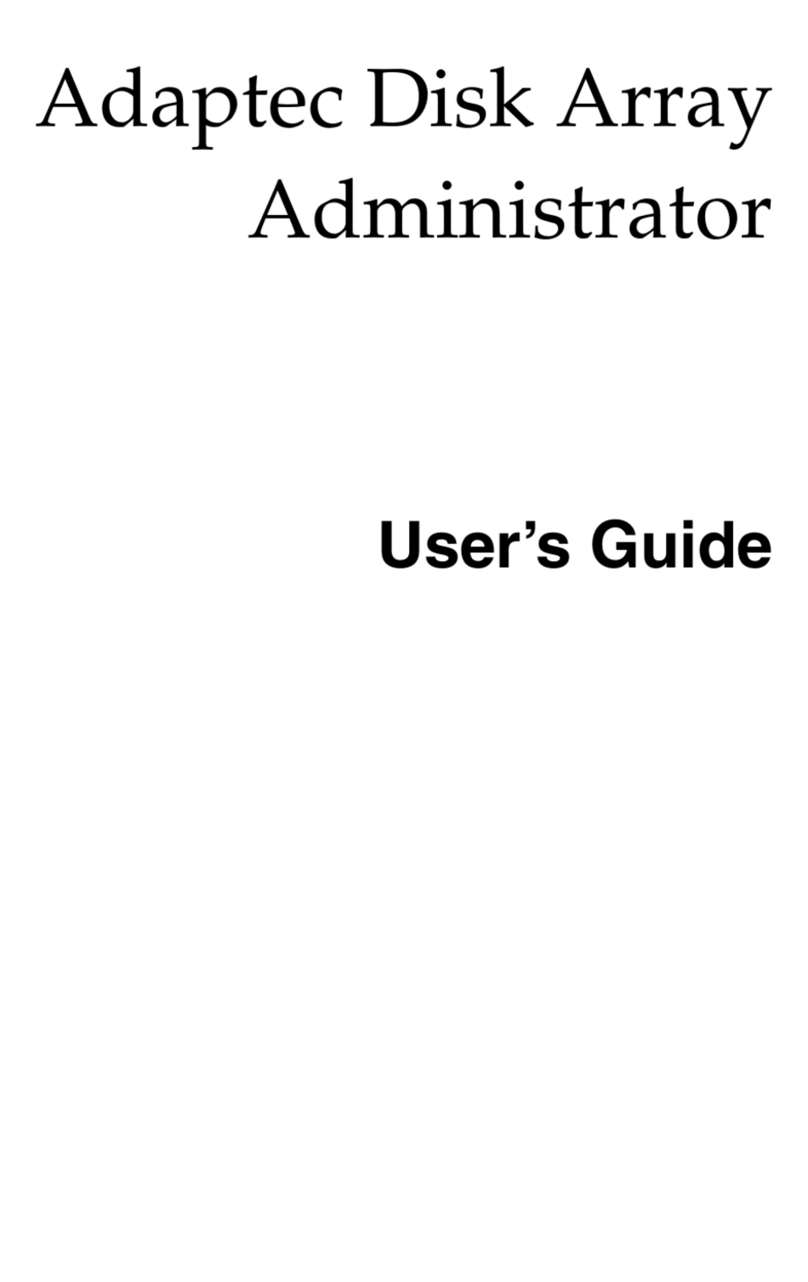
Adaptec
Adaptec DuraStor 7220SS User manual
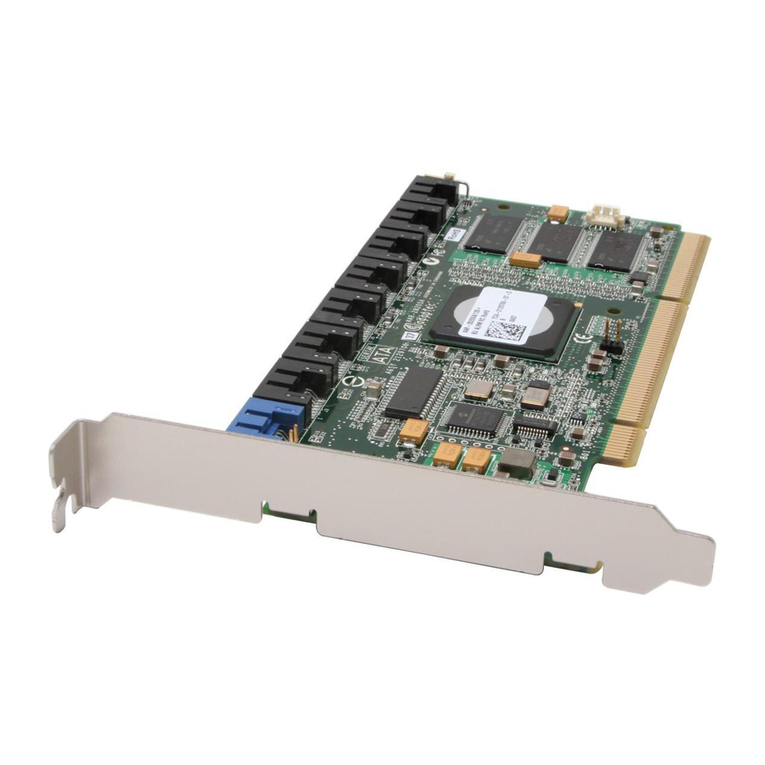
Adaptec
Adaptec Storage Manager Technical manual
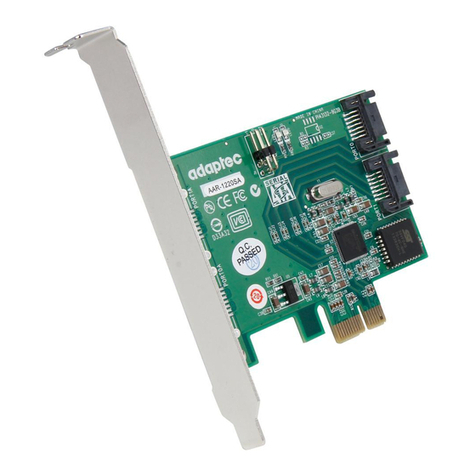
Adaptec
Adaptec RAID 3085 User manual
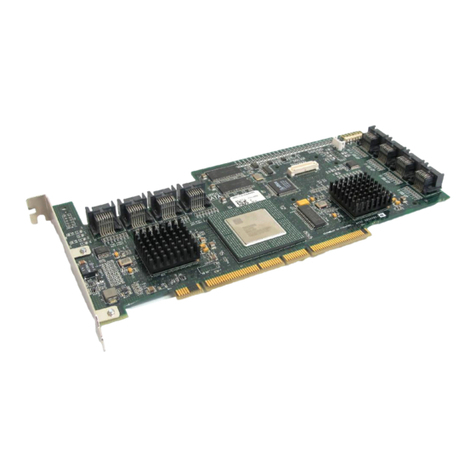
Adaptec
Adaptec AAR-21610SA User manual
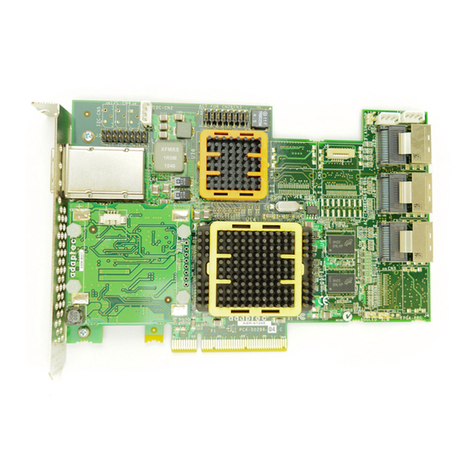
Adaptec
Adaptec RAID 51245 User manual
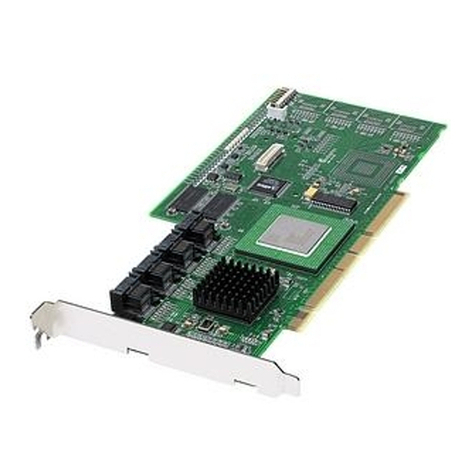
Adaptec
Adaptec RAID 2810SA User manual
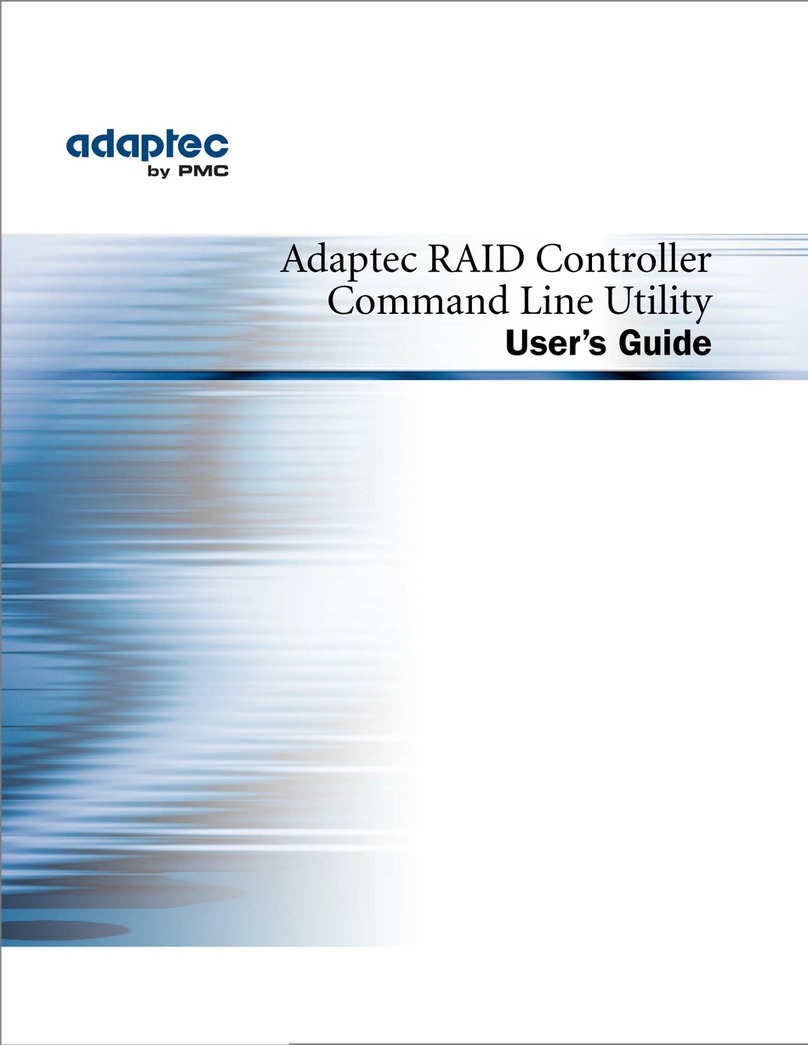
Adaptec
Adaptec Command Line Utility User manual

Adaptec
Adaptec RAID 3085 User manual

Adaptec
Adaptec 133U2 - AAA RAID Controller User manual
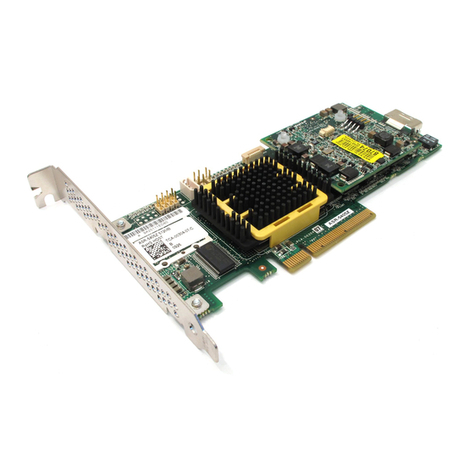
Adaptec
Adaptec RAID 5405Z User manual
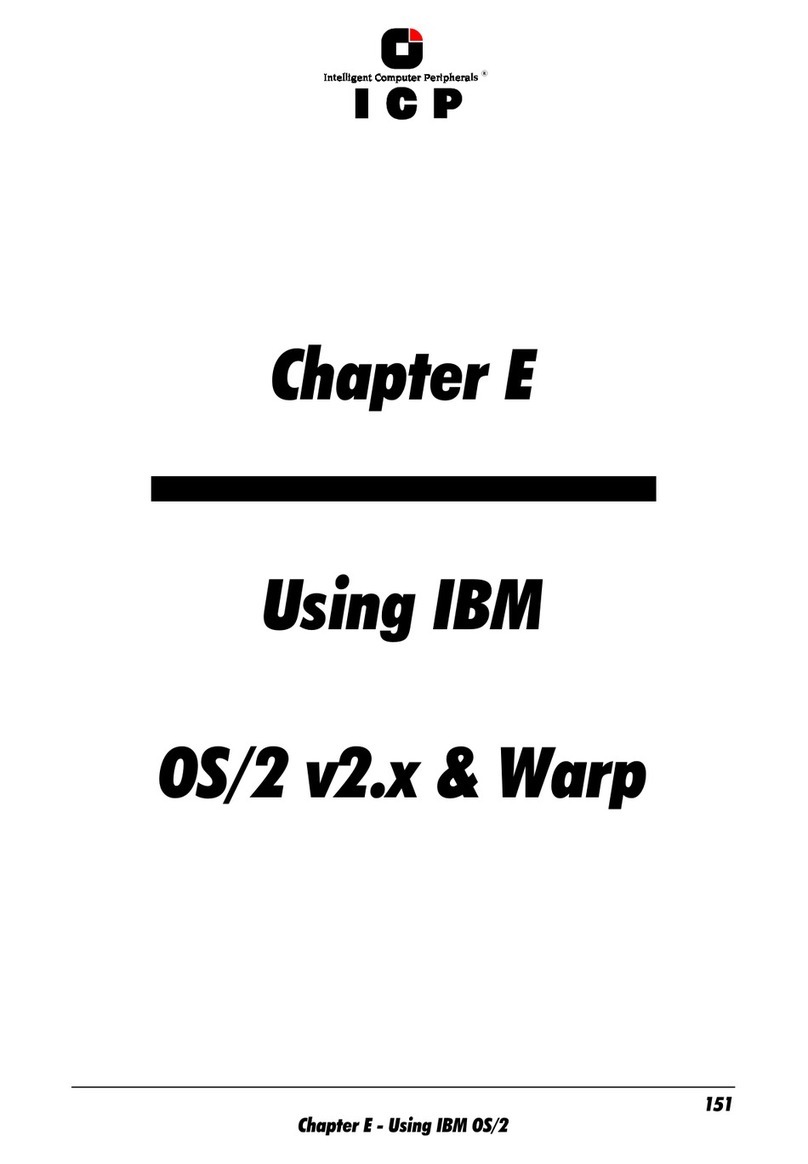
Adaptec
Adaptec IBM OS/2 v2.x & Warp Guide

Adaptec
Adaptec DuraStor 7220SS User manual
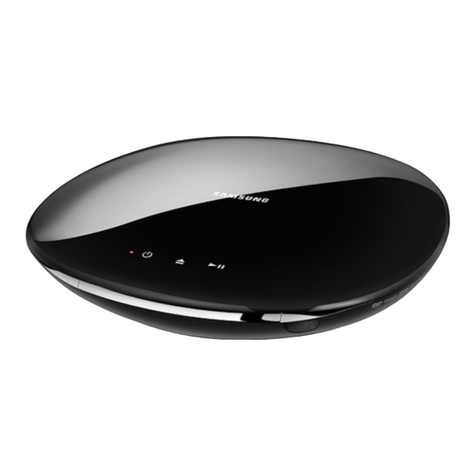
Adaptec
Adaptec RAID 5405 User manual
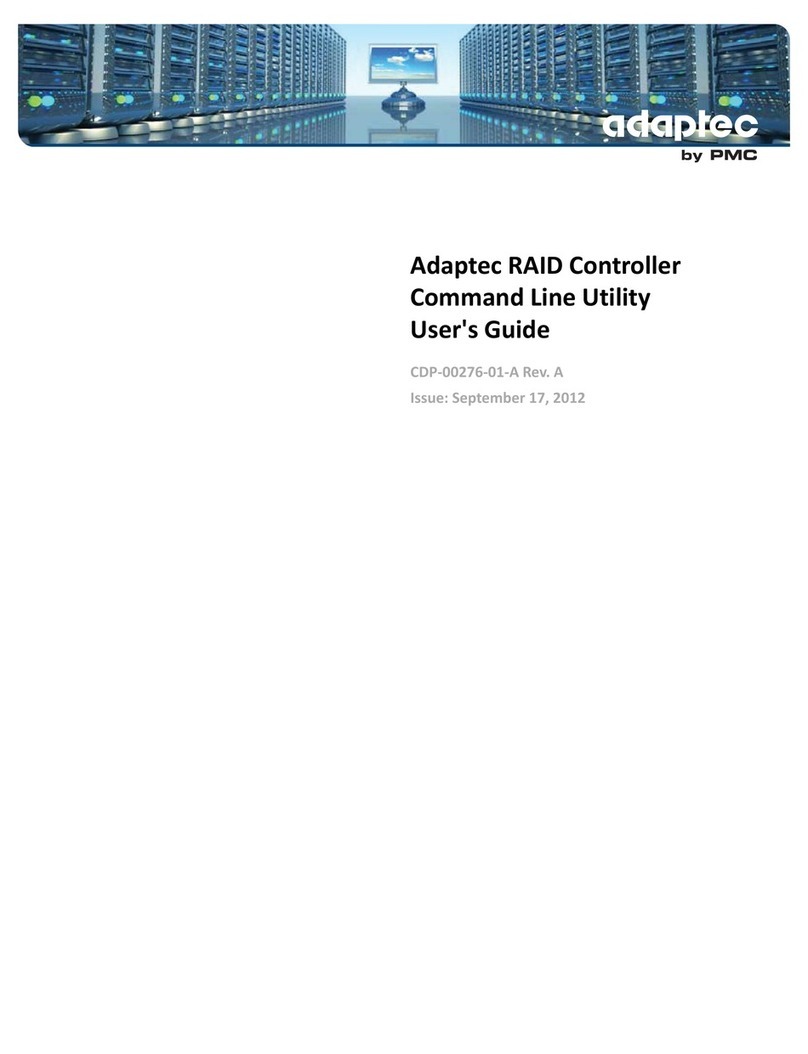
Adaptec
Adaptec CDP-00276-01-A User manual

Adaptec
Adaptec Storage Manager User manual
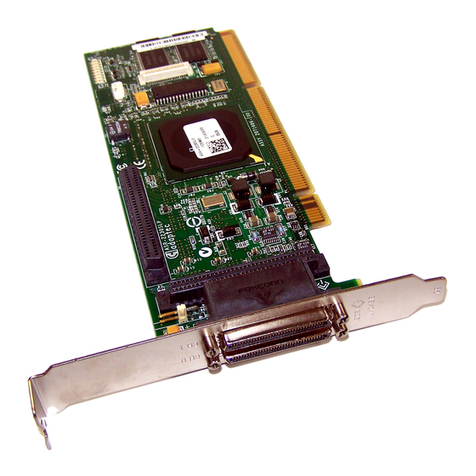
Adaptec
Adaptec 2230SLP - SCSI RAID Controller User manual
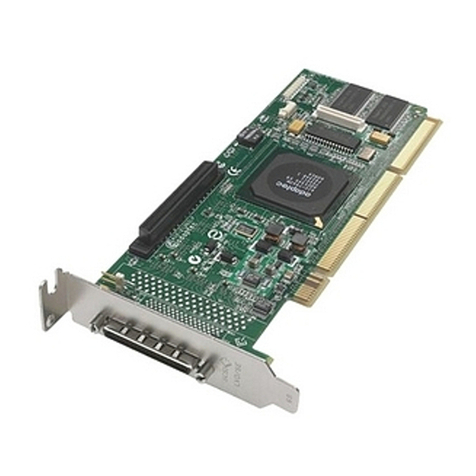
Adaptec
Adaptec 2130SLP - SCSI RAID Controller Instruction sheet

Adaptec
Adaptec MAN-00005-UG User manual
Popular Software manuals by other brands
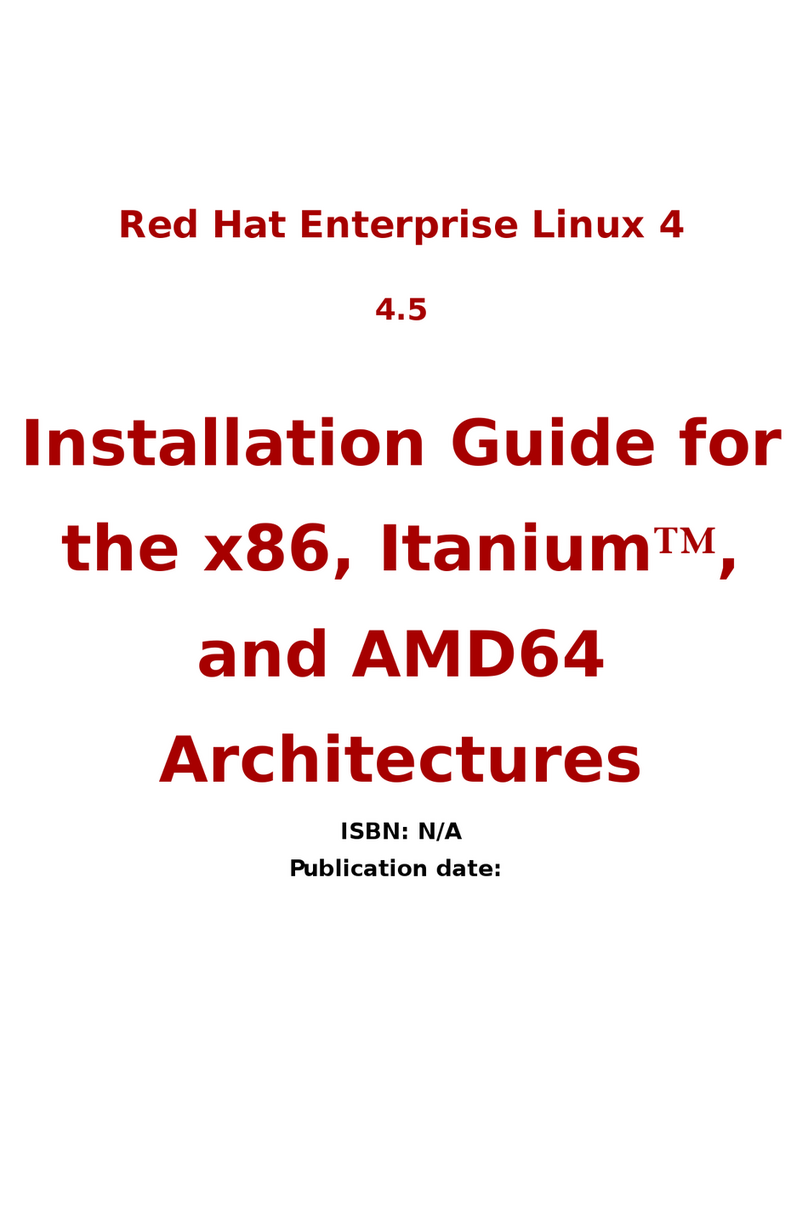
Red Hat
Red Hat ENTERPRISE LINUX 4 - FOR X86-ITANIUM AND... installation guide
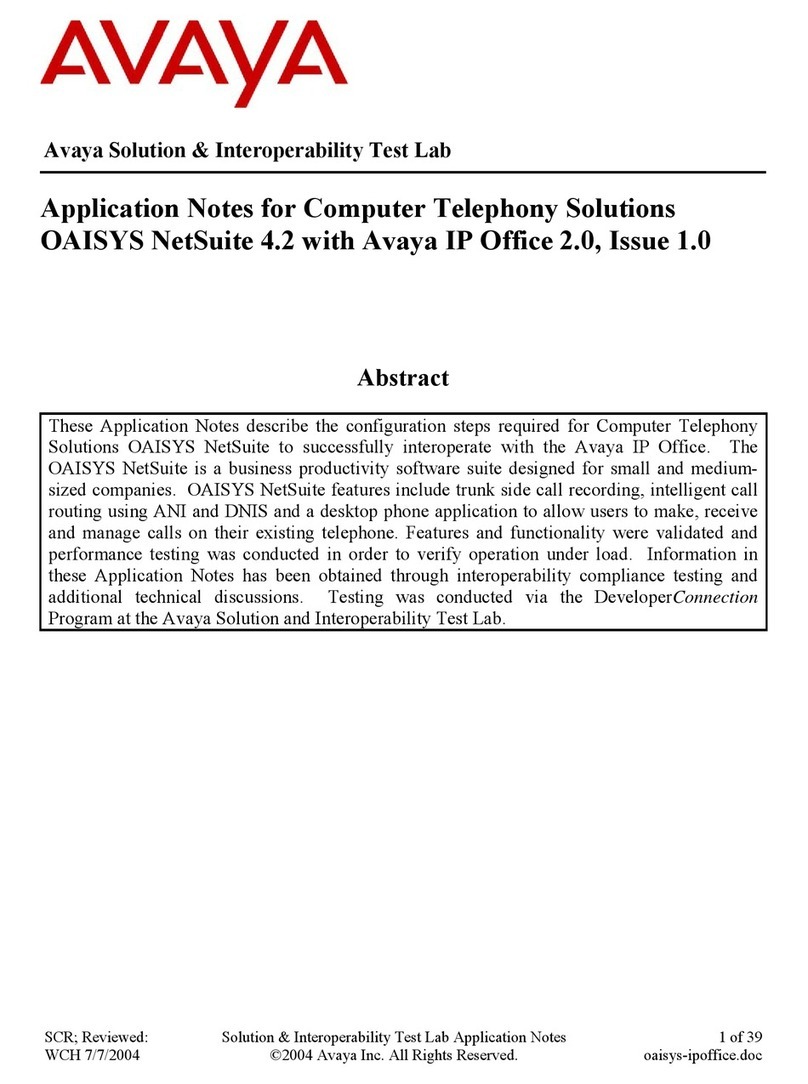
Avaya
Avaya OAISYS NetSuite 4.2 Application notes

Asante
Asante SmartBridge V1.0 user manual
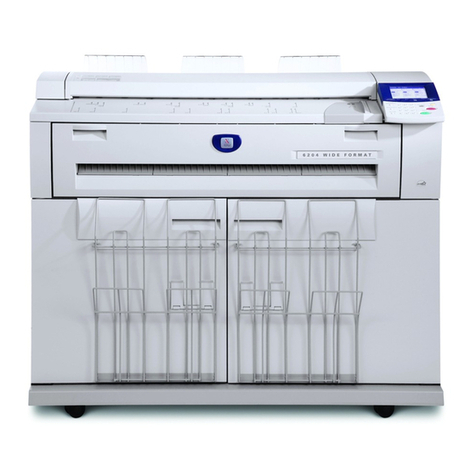
Xerox
Xerox Wide Format 6204 installation guide

SAS
SAS Scalable Performance Data Server 4.5 Administrator's guide
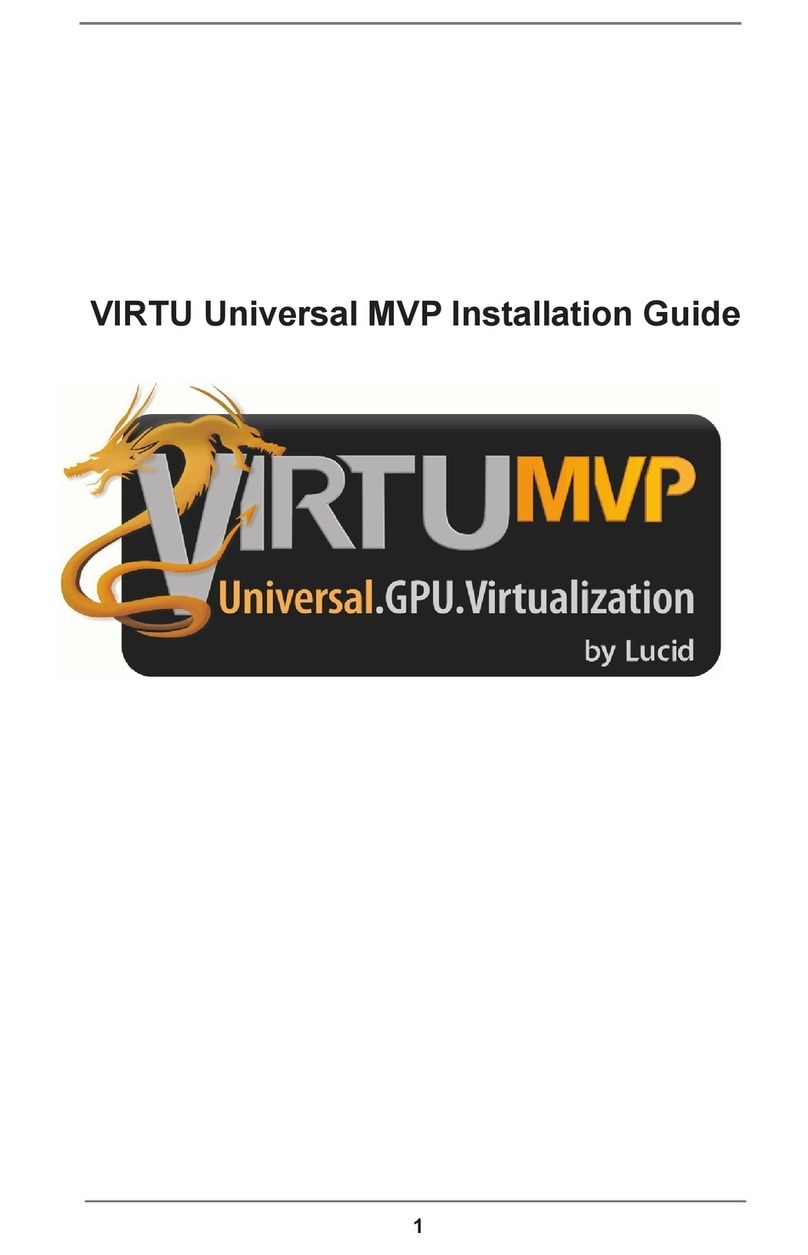
Lucid
Lucid FM2A85X Extreme6 installation guide
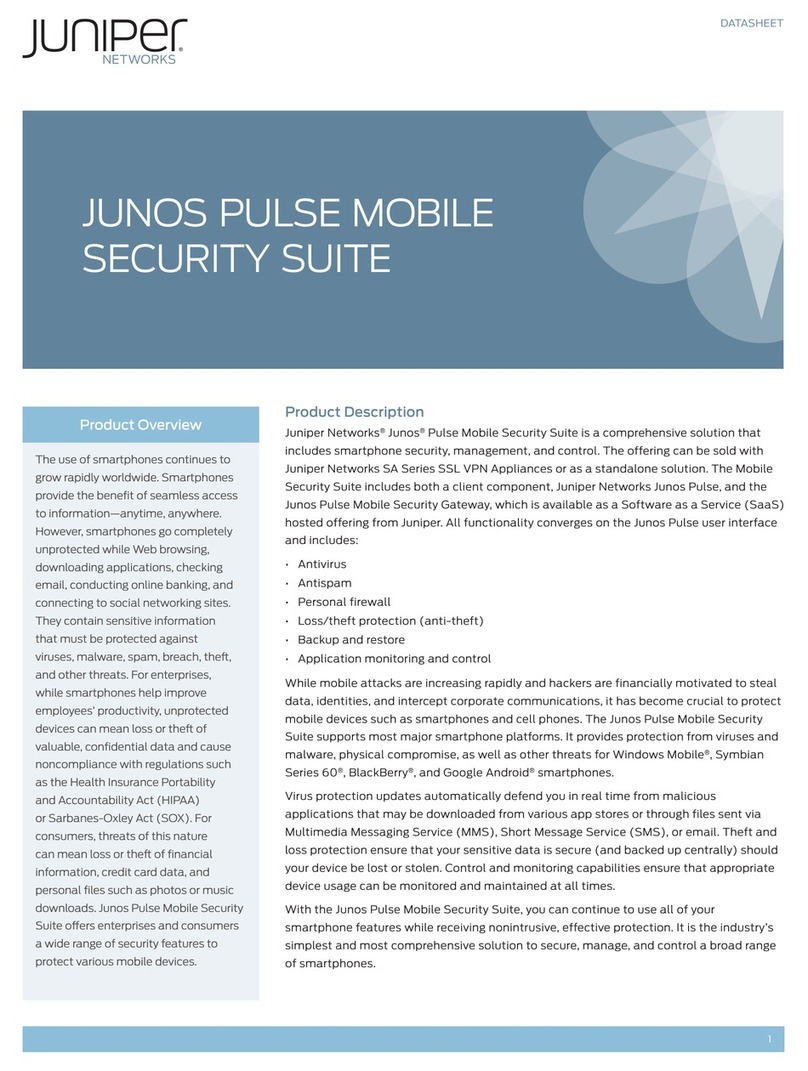
Juniper
Juniper JUNOS PUS MOBILE SECURITY SUITE datasheet
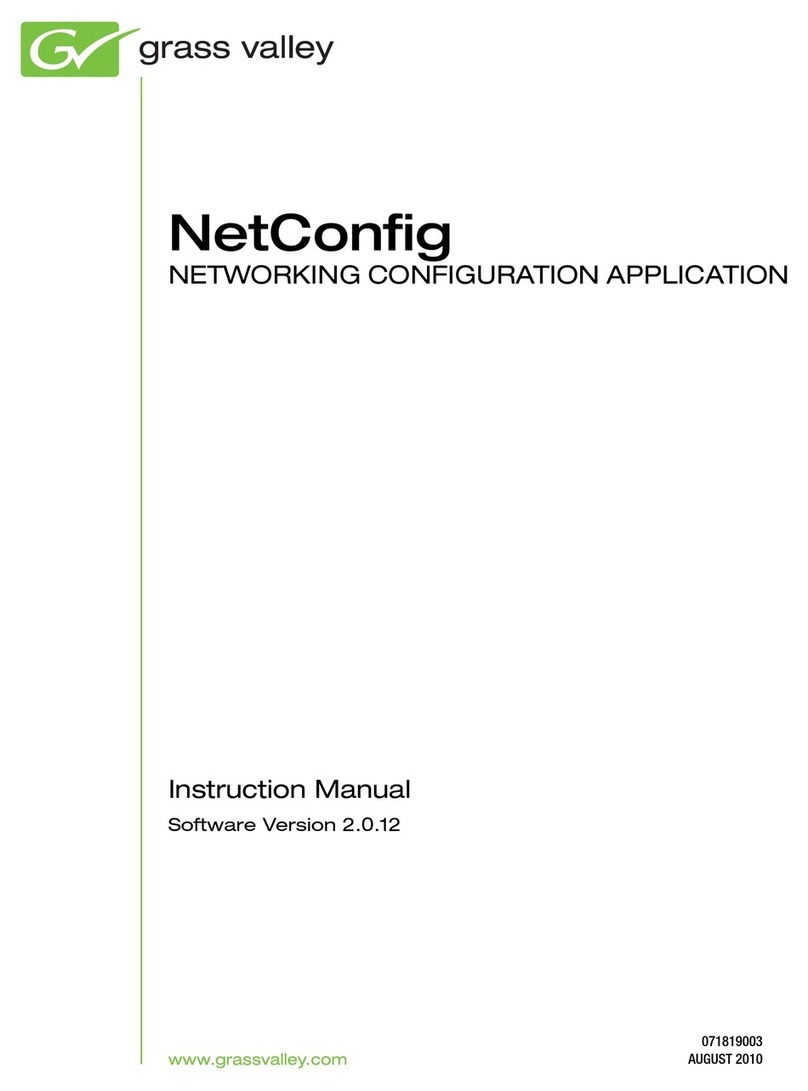
GRASS VALLEY
GRASS VALLEY NETCONFIG V2.0.12 instruction manual
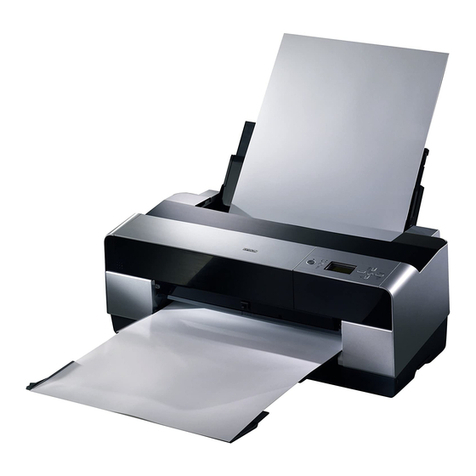
Epson
Epson Stylus Pro 9880 ColorBurst Edition - Stylus Pro 9880... Getting started
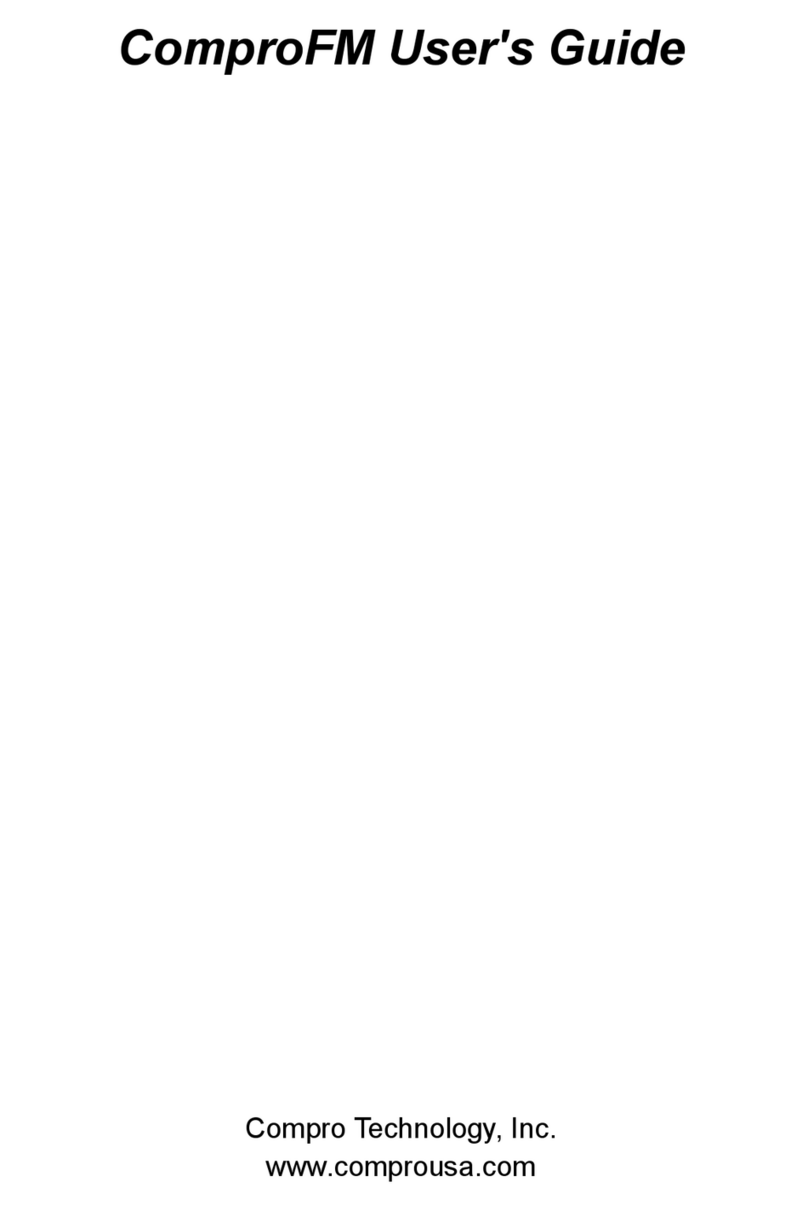
COMPRO
COMPRO COMPROFM manual
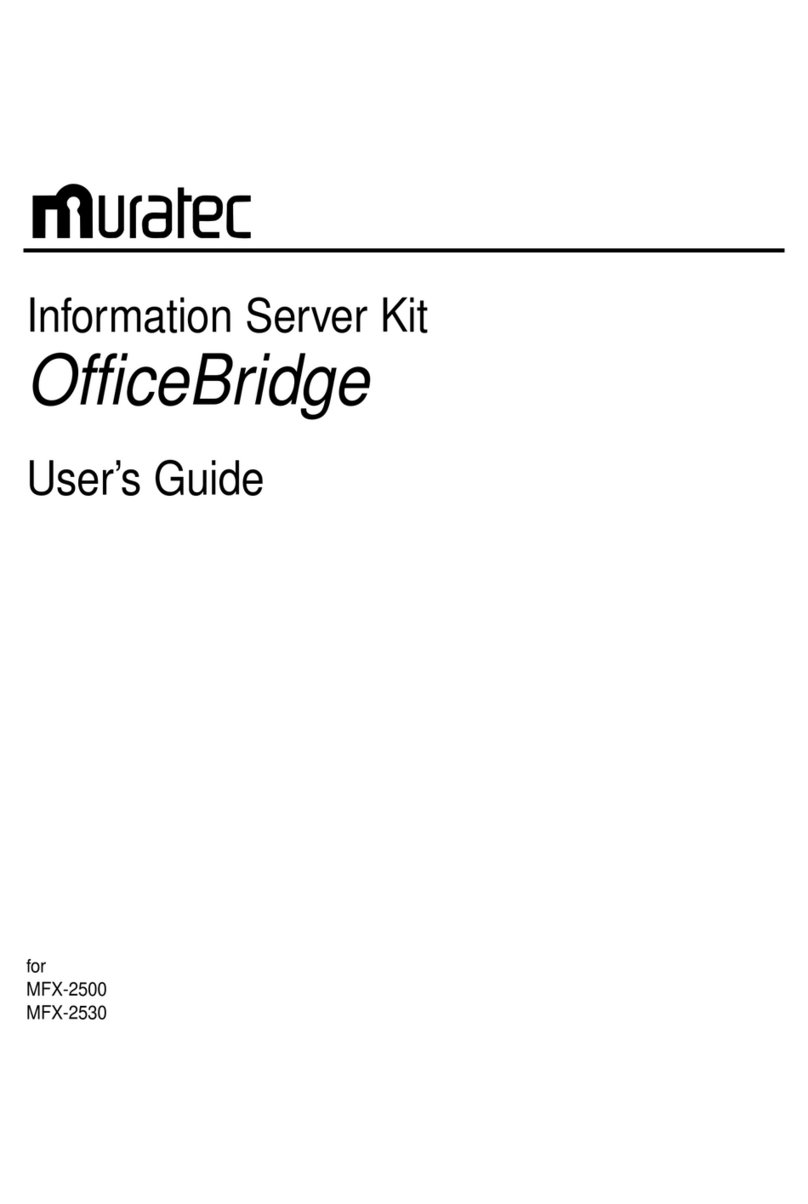
Muratec
Muratec OFFICEBRIDGE ONLINE user guide

Oracle
Oracle Contact Center Anywhere 8.1 installation guide


